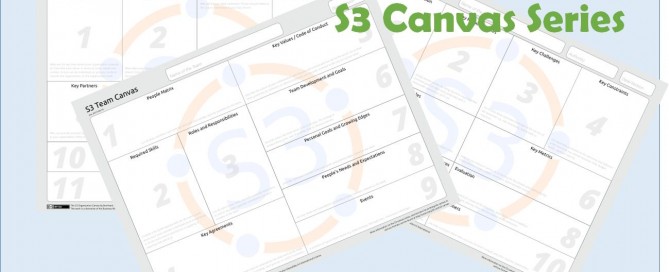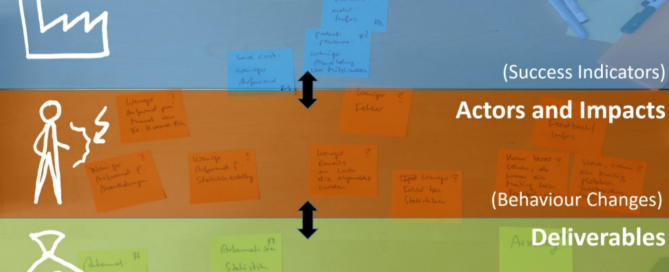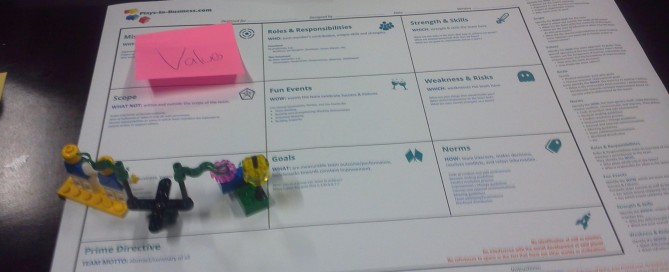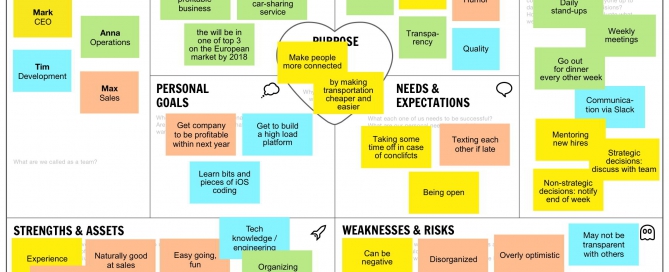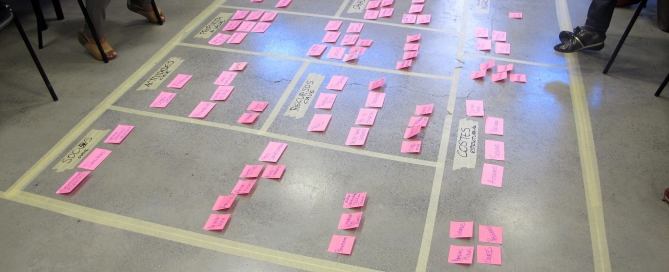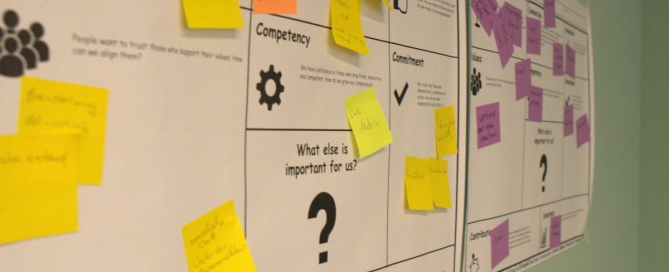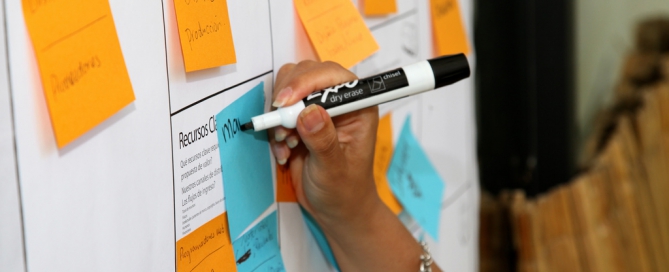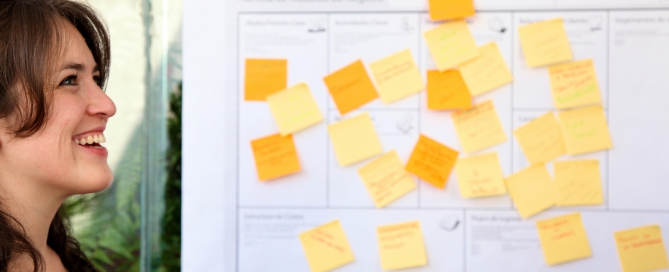S3 Canvas Series
Reading Time: 2 minutes The S3 Canvas Series by Bernhard Bockelbrink has its offspring from the Sociocracy 3.0 movement. There are canvases to explore new business models or product ideas (S3 organisation Canvas), to negotiate and clarify the delegation of a domain to a team or role (S3 Delegation Canvas), and to clarify and explore where teams stand and how to move forward (S3 Team Canvas).

